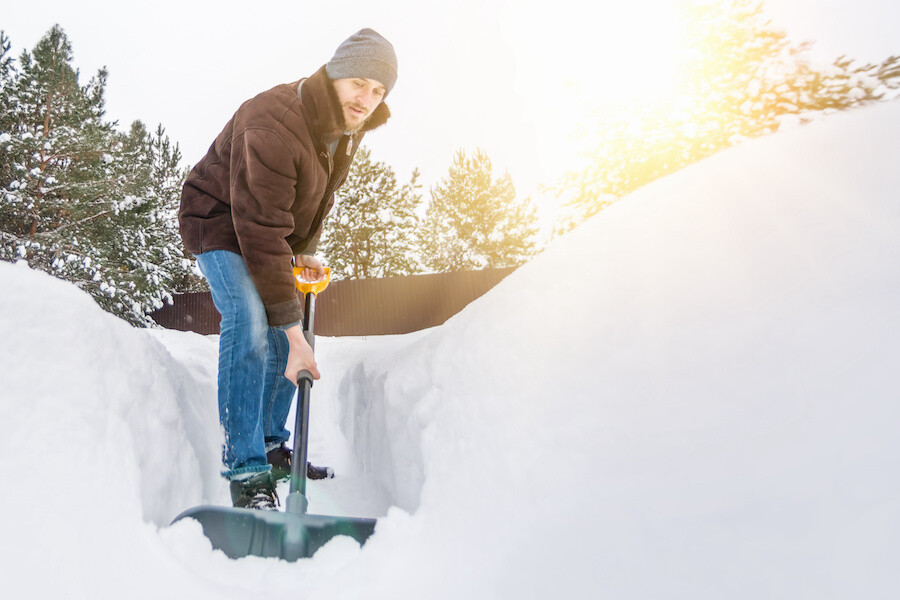Winter has fully arrived in Eastern Connecticut — making it important to understand that shoveling snow requires proper precautions to prevent health consequences. By adopting safe practices and remaining vigilant about potential hazards, you can navigate the season safely and comfortably.
Protecting Yourself from Overexertion:
Shoveling is strenuous: Recognize that clearing snow is a physically demanding activity, especially for individuals with pre-existing health conditions. Don’t underestimate the strain it can place on your cardiovascular system.
Pace yourself: Avoid attempting to tackle the entire snowfall at once. Take frequent breaks, even if it’s just for a few minutes, to catch your breath and rehydrate. Listen to your body and stop if you experience chest pain, shortness of breath, or dizziness.
Warm-up and cool down: Don’t shovel on an empty stomach or immediately after waking up. Engage in light stretches and movements to warm up your muscles beforehand. Similarly, after shoveling, take some time to cool down gradually before entering a warm environment.
Ensuring Proper Attire:
Layering is key: Opt for multiple layers of clothing to trap and retain body heat. Choose breathable base layers, insulating mid-layers, and a windproof and waterproof outer shell. Don’t forget your extremities – thick socks, waterproof boots, gloves, and a hat are essential.
Avoid cotton: Cotton absorbs moisture and loses insulating properties when wet. Opt for synthetic or wool materials that wick away sweat and keep you warm even if they get damp.
Cover vulnerable areas: Pay particular attention to protecting your ears, nose, fingers, and toes. These areas are susceptible to frostbite due to their limited blood circulation.
Recognizing and Addressing Cold-Related Emergencies:
Hypothermia: Be aware of the warning signs of hypothermia, such as shivering, slurred speech, confusion, and drowsiness. If you suspect someone is experiencing hypothermia, seek immediate medical attention. Move them to a warm environment, remove wet clothing, and cover them with blankets.
Frostbite: Tingling, numbness, and white, waxy skin are indicators of frostbite. Seek medical attention promptly. Do not rub the affected area, as this can worsen the injury.
Additional Safety Measures:
Choose your shovel wisely: A lightweight, ergonomically designed shovel can significantly reduce strain on your back and shoulders.
Push, don’t lift: Whenever possible, push the snow instead of lifting it. This minimizes the risk of back injuries.
Stay hydrated: Even in cold weather, dehydration can impact your health. Regularly sip warm fluids to maintain proper hydration levels.
Check on vulnerable neighbors: Be mindful of elderly residents or individuals with disabilities who may require assistance with clearing snow.
